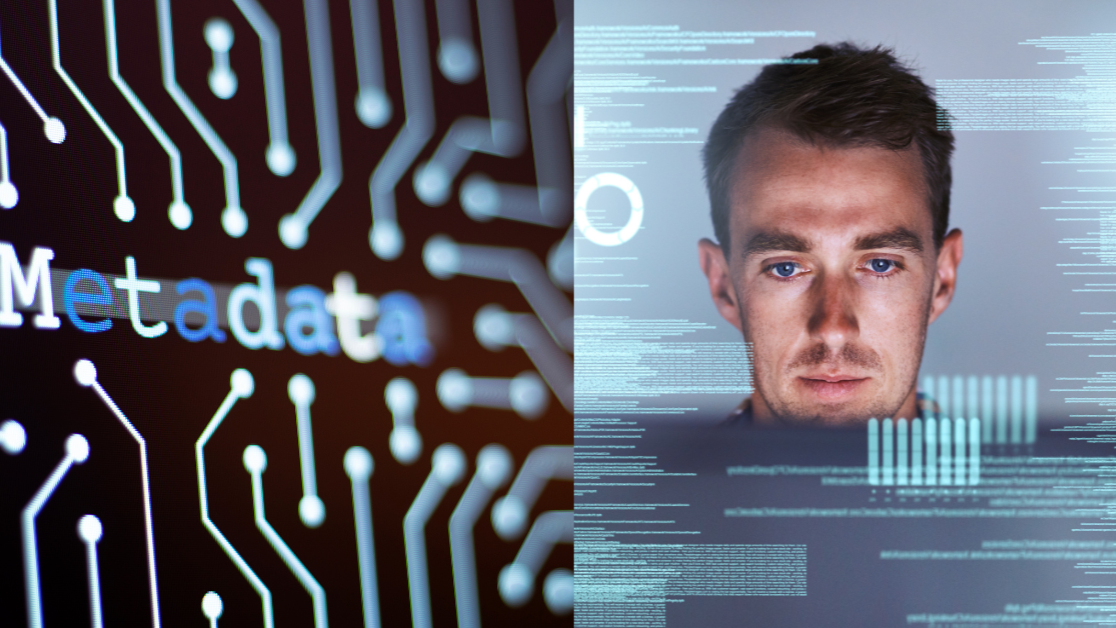
𝐃𝐚𝐭𝐚 𝐩𝐚𝐭𝐭𝐞𝐫𝐧𝐬 𝐚𝐧𝐝 𝐌𝐞𝐭𝐚𝐝𝐚𝐭𝐚 both play critical roles in data privacy, but they do so in different ways, with distinct implications for how privacy is managed and protected. Understanding their impact requires examining the nature of each and how they can influence privacy risks.
1. Metadata and Data Privacy:
Metadata refers to “data about data,” such as information that describes the structure, characteristics, or context of data.
For example, in the case of an email, metadata would include information like the sender, recipient, timestamp, IP address, and subject line, but not the actual content of the email.
- Role in Data Privacy:Metadata can reveal a significant amount of information without exposing the actual content. This is particularly crucial in contexts like communication records, web browsing, and geolocation data.
- Despite not containing the substantive content itself, metadata can often be used to create profiles, track behaviors, and infer sensitive information about individuals.
2. Data Patterns and Data Privacy:
Data patternsrefer to the recurring sequences, trends, or structures that emerge when analyzing large datasets.
Patterns can reveal correlations, trends, or predictions about behaviors and preferences.
- Role in Data Privacy: Data patterns can emerge through processes like data mining, AI, and machine learning algorithms. While the raw data may be anonymized or pseudonymized, patterns that emerge from it can still lead to privacy violations.
For instance, even if the individual pieces of data are anonymous, patterns can be used to re-identify individuals or deduce private aspects of their lives, like purchasing habits, health conditions, or social connections.
In summary, while both data patterns and metadata are important in the context of data privacy, they serve different functions.
Data patterns can lead to privacy risks through identification and profiling, while metadata can be both a tool for enhancing data governance and a potential source of privacy invasiveness.
Metadata can sometimes be more revealing than the data itself. For example, metadata associated with communications can indicate sensitive information, such as the nature of conversations or the people involved, which can lead to privacy violations if misused.
A point of grave concern is that analyzing data patterns can lead to the identification of individuals, especially when combined with other datasets. This can result in the unintentional exposure of personal information, raising privacy concerns.
Therefore, they are not equally responsible for data privacy; rather, they each present unique challenges and considerations that organizations must address to protect sensitive information effectively.
To know more or discuss Is Data Pattern and Metadata responsible for Data Privacy equally? connect with dataprivacy@amlegals.com or info@amlegals.com
